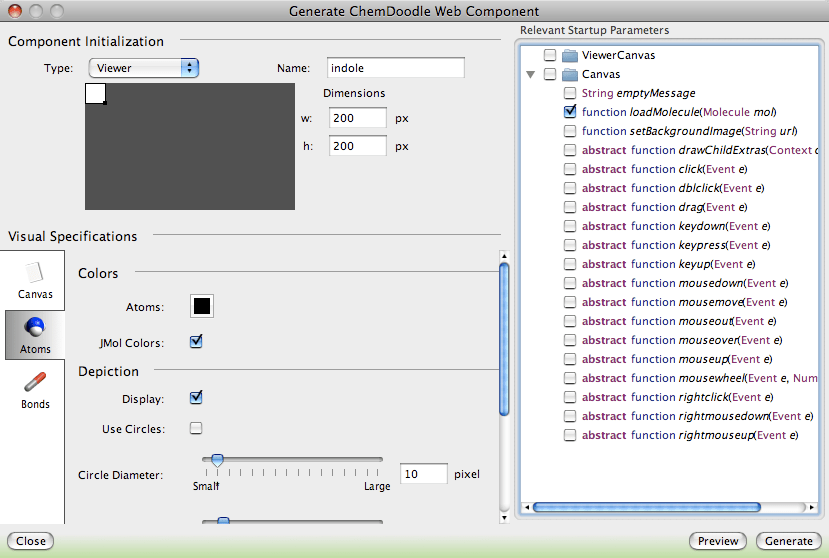

The SuperNatural 3.0 database is freely available via The possible taste profile of the natural compounds was predicted using our Natural compounds in which potential highly sweet compounds are expected to beįound. The updated version of the database also provides a valuable pool of Specific cells like the central nervous system (CNS) are also provided for the naturalĬompounds. Of action, toxicity, vendor information if available, drug-like chemical space predictionįor several diseases as antiviral, antibacterial, antimalarial, anticancer, and target Additionally, information on pathways, mechanism The updated version contains 449 058 natural compounds along with their structuralĪnd physicochemical information. SuperNatural 3.0 is a freely available database of natural products and derivatives. Have been made to discover natural low-calorie sweeteners in recent years. Furthermore,įollowing consumers’ increasing demand for natural food ingredients, many efforts Played a key role in modern drug discovery for several diseases. Important source of new potential therapeutic preparations. Evolutionarily, NPs have been usedĪs healing agents since thousands of years and still today continue to be the most Produced by a living organism - found in nature. Natural products (NPs) are single chemical compounds, substances or mixtures The plugin ( ) is easily adaptable to any academic user both embedding and similarity measures can be configured. This workflow is implemented as a Moodle plugin, using the Chemdoodle engine for drawing structures and communicating with a REST server to compute the similarity score using molecular descriptors. To overcome this limitation, we have developed a grading workflow based on the pairwise similarity score of two considered chemical structures. Specifically, a strict comparison of candidate and expected chemical structures is not sufficient when some tolerance is deemed acceptable.

This is particularly true in the case of chemical structures, where most questions simply cannot be evaluated on a true/false basis. Therefore, such platforms are unevenly adapted to different disciplines. Typically, existing online platforms use a binary grading system, which often fails to give a nuanced evaluation of the answers given by the students. See the react-example-app ( npm run start) in the react-chemdoodle monorepo for a full, working example.We report a novel approach for grading chemical structure drawings for remote teaching, integrated into the Moodle platform. Verify that the ChemDoodle is available in the project: useEffect(() => from 'react-chemdoodle' ChemDoodle can now be called on component mount. Only embed the scripts and CSS that you need for you project, though. You need to enable JavaScript to run this app. In it's entirety, your React app's index.html file may look something like: The environment variable PUBLIC_URL can be used in the React application to reference assets in the public folder, e.g. Place CWC in the public folder of a React project created with Create React App or equivalent. Downloaded CWC from /installation/download. React-chemdoodleweb depends on the ChemDoodle global object, so CWC first needs to be installed in your project. As well, it will be loaded even if the current page does not use it (The size of the minified CWC script is 414 kB).
Chemdoodle web components code#
While this is a simple implementation that ensures CWC is available everywhere for the lifetime of the React application, the tradeoff is that CWC is not bundled with the rest of the React application code and will make an additional network request. While react-chemdoodleweb can be downloaded from NPM, CWC scripts need to be embedded into the HTML document. The react-chemdoodle library on the otherhand is a "require time" node module that can be compiled by JS bundlers more typical in modern web application development. InstallationĪs it was originally written in 2007, CWC consists of a number of IIFE modules divided into two javascript files, one a "core" file and one an optional jQuery-based UI, that are loaded by a client browser. Contributions are welcome to provide bindings for additional canvases. At the moment, react-chemdoodle wraps just two canvases, the 2D "ViewerCanvas" and "SketcherCanvas". CWC provides 18 unique component canvases from a simple 2D "ViewerCanvas" to 3D "EditorCanvas3D" to a "PeriodicTableCanvas". The React Chemdoodle Web Components ( react-chemdoodle) is a UI library add-on for the ChemDoodle Web Components (CWC) library.


 0 kommentar(er)
0 kommentar(er)
